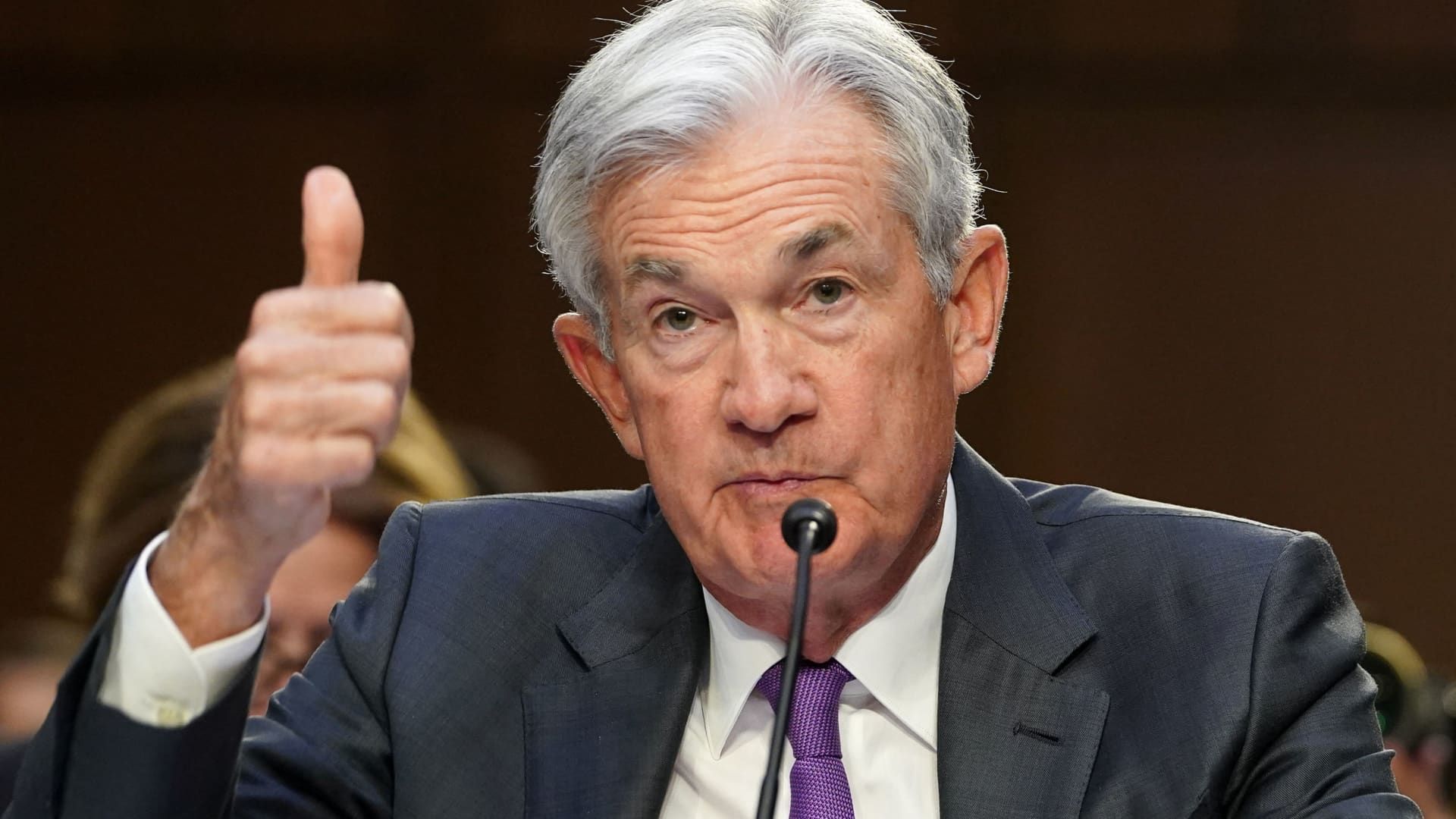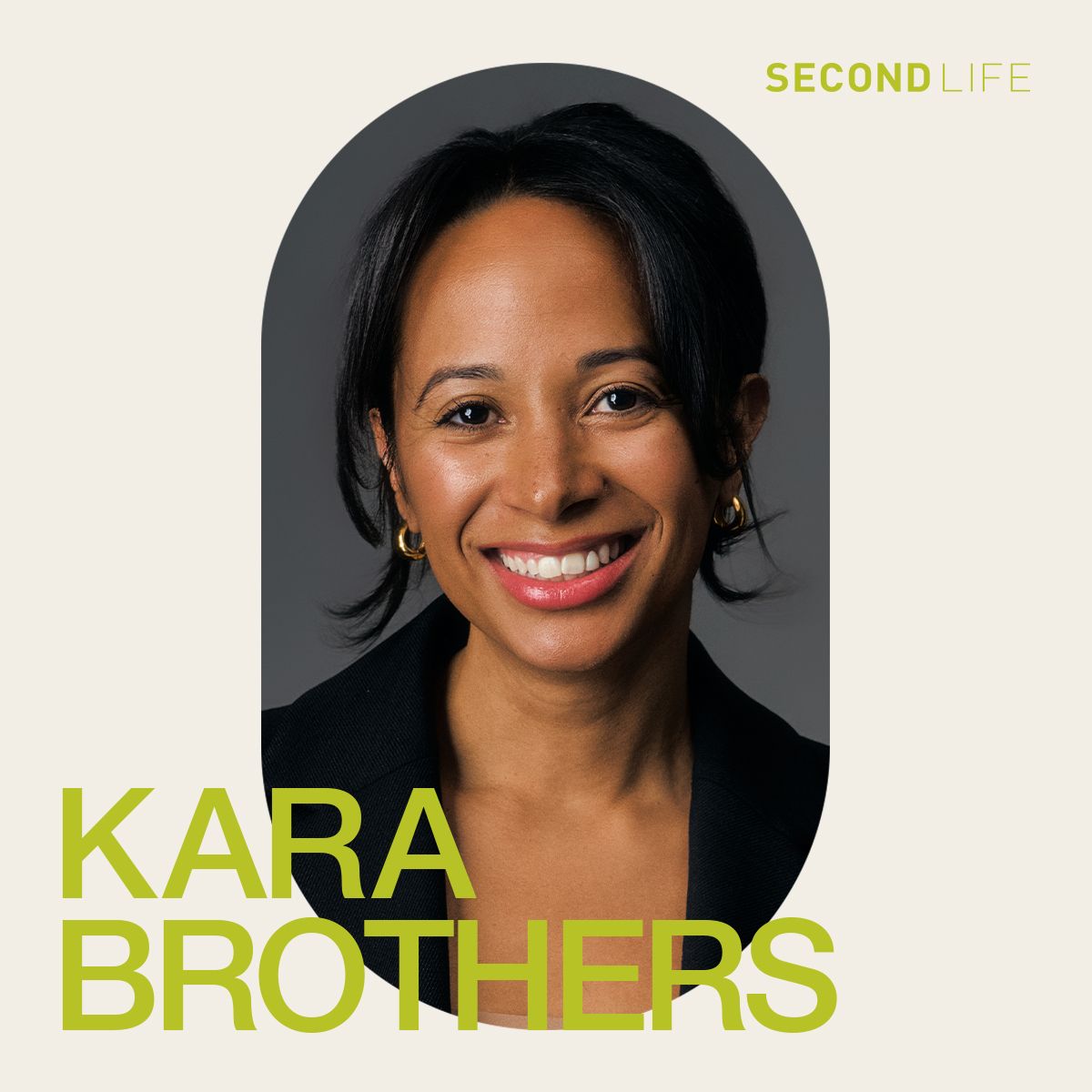Expectations are high that the Federal Reserve will raise interest rates by a quarter point next week, but the central bank could still swiftly change policy if the financial system becomes stressed. After a wild ride, fed funds futures Thursday reflected more than 80% odds that the central bank would raise rates by 25 basis points next Wednesday. A basis point equals 0.01 of a percentage point. Ethan Harris, head of global economic research at Bank of America, said the firm expects the Fed to hike by a quarter point, but the central bank could change course if necessary. “We have the Fed hiking three 25-basis point hikes, including next week,” he said. “That’s on the assumption that the regulatory efforts to support the banking system are effective and that the further negative news is limited, so the Fed can shift its focus back to inflation. It’s a close call for next week because it really depends on what the markets are doing when the Fed meets.” On Thursday, stocks closed higher, with shares of regional banks climbing. Treasury yields also rose as investors learned that a consortium of 11 banks agreed to deposit $30 billion into First Republic Bank . Participating institutions include JPMorgan , Citigroup , PNC and Truist. Earlier, the European Central Bank went ahead with a half-point rate hike . Concerns about the health of Credit Suisse were also calmed after t he Swiss National Bank Wednesday said the bank is well capitalized and that it would provide liquidity if needed. A fluid situation Worries about bank contagion following the failure of Silicon Valley Bank drove buyers into Treasurys and pounded risk assets, like stocks and oil. The 2-year Treasury yield has traded with big swings since then. The yield, which most reflects Fed policy, rose to 4.17% in late trading Thursday, from a low below 3.9% in morning trading. Yields move opposite price. Market odds for a Federal Reserve rate hike rose sharply Thursday, up from 50% Wednesday. Those expectations have swung wildly. They were at 50% after big swings Wednesday, but there had also been traders who expected a half percentage point hike prior to the failure of Silicon Valley Bank. As news came out on First Republic, the odds were at one point above 85% Thursday afternoon before falling back to closer to 80%. Economists have varying views on how the central bank will respond to recent U.S. bank failures and worries about Credit Suisse. JPMorgan economists expect the Fed to raise rates next week and one more time in May. But Goldman Sachs economists said they think the policymakers will hold off on a hike. Moody’s Analytics expects no rate increase and anticipates the Fed could signal it is finished with hikes. “This is a fluid situation. If you’re the Fed, you want to be very flexible here,” said Bank of America’s Harris. “If you go into the meeting with the markets under stress, there’s a pretty good case for not hiking. On the other hand, if things are calm and you feel good about containing the crisis, you probably go ahead with the hike. The hike is a positive signal to markets. It says the Fed is not panicking.” An opportunity to reverse course, if needed Harris said if the Fed hikes, there is precedent for the central bank to temporarily reverse course if things go bad. “Let’s say regulatory measures and the targeted approach of supporting individual institutions doesn’t seem to be working,” he said. “At some point, the Fed can cut rates to deal with the financial problems.” For instance, in 1987, the central bank cut rates immediately after the stock market crash and then resumed hiking again, Harris noted. Also, the Fed trimmed rates in 1998 because of the demise of Long-Term Capital Management, but then it went back to hiking. “That’s a good example of where the Fed can juggle two problems at the same time,” he said. “You deal with the immediate crisis, and once things are calmed down and things are less fragile, you go back to your regularly scheduled program.” Harris said the economy could see some impact. “I think it would be surprising if there wasn’t some negative impact on the growth picture, even if the crisis gets resolved quickly,” he said. “It’s kind of another little warning sign to people that the economy is likely to be weak going forward.” If the economy is strong enough, the Fed could send the wrong message if it does not hike. “If they don’t hike when the economy is strong, they make it look like there’s some skeleton in the closet,” Harris said. He said that unlike during the great financial crisis in 2008, the financial system does not look vulnerable, and consumers are in better shape. “In the current period, you don’t have a big sector like the housing market with a big collapse in credit standards,” Harris said. “You’re stress-testing the economy and the markets when you hike rates… It’s like Warren Buffett’s expression: You find out who is swimming naked when the tide goes out.” Harris said it’s not surprising there was some fallout from the speed and magnitude of the Fed’s policy moves, which began a year ago when the central bank lifted rates from zero for the first time. The fed funds rate range is now at 4.50% to 4.75%. “The Fed went from being remarkably dovish to extremely hawkish. Some institutions are going to get into trouble when there’s that dramatic a shift in the interest rate environment,” he said.
This is why the Federal Reserve could stay the course and raise interest rates again
Related Posts
RECENT POSTS
Browse by Category
- Books (1)
- Business (3,597)
- Events (2)
- Fashion (5,633)
- Horror (1)
- Interviews (28)
- Movies (5,629)
- Music (5,664)
- News & Gossip (6,310)
- Television (5,662)
- Uncategorized (1)
- Video Of The Day (914)
POPULAR POSTS
READERS' PICKS
EDITOR'S PICKS
© 2022 EssentiallyHollywood.com - All Rights Reserved


























































![Mason Ramsey – Twang [Official Music Video] Mason Ramsey – Twang [Official Music Video]](https://i.ytimg.com/vi/xwe8F_AhLY0/maxresdefault.jpg)






















